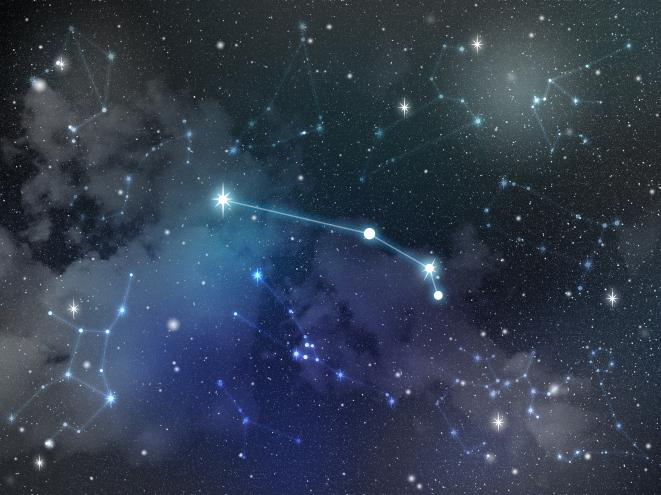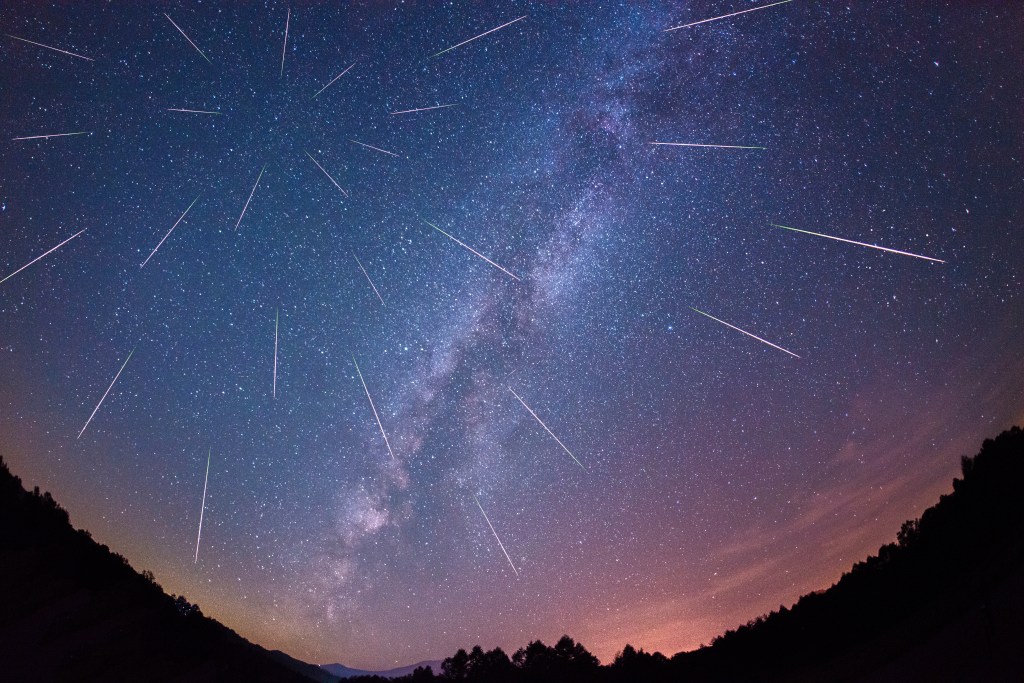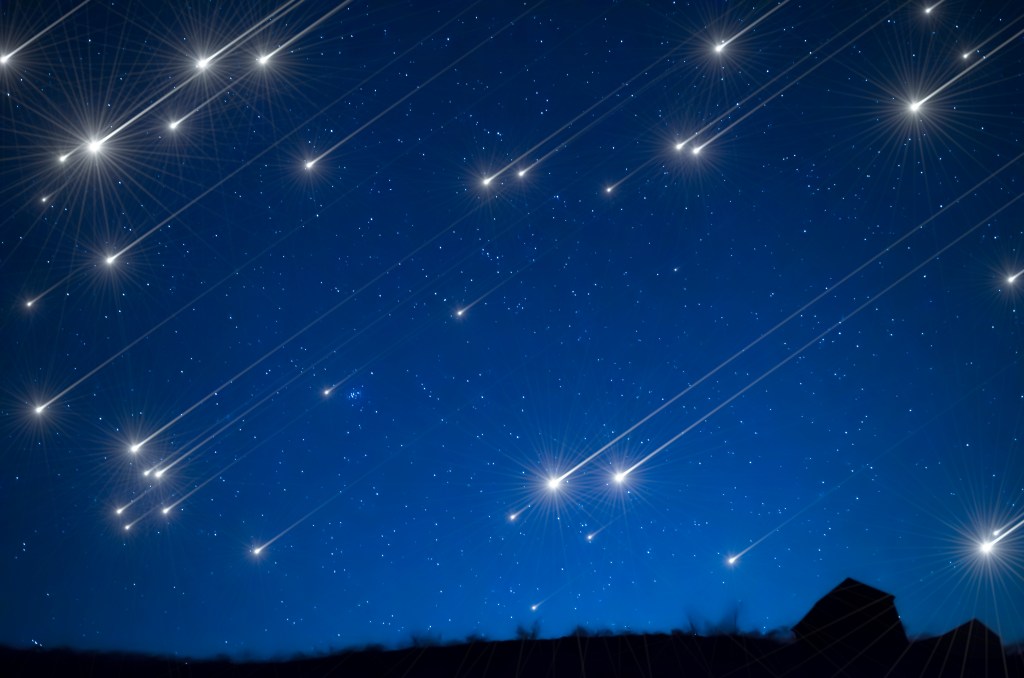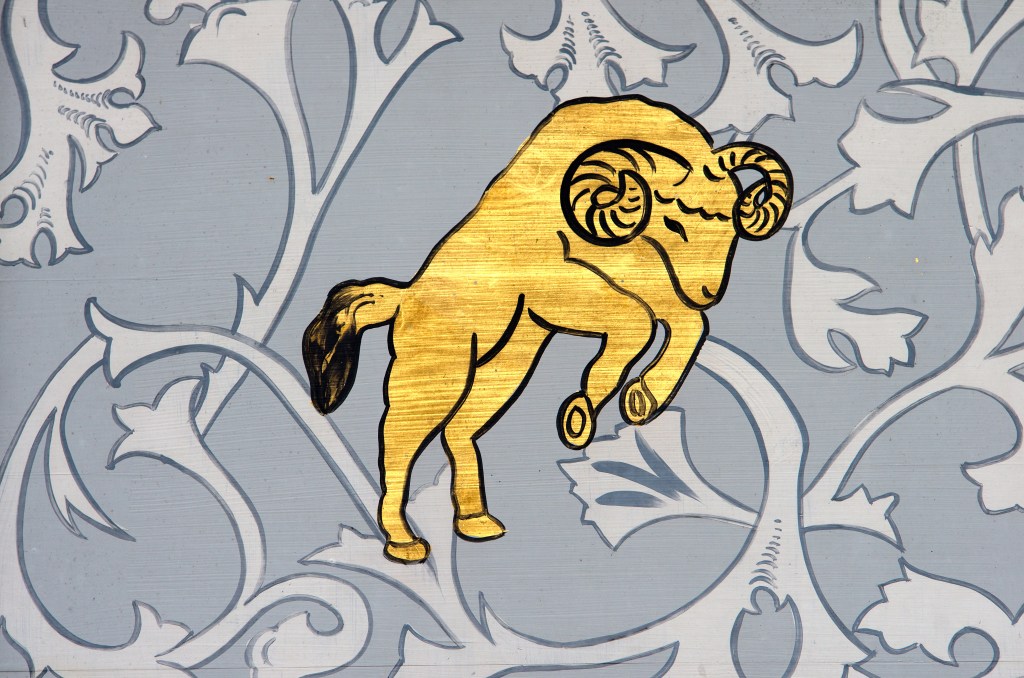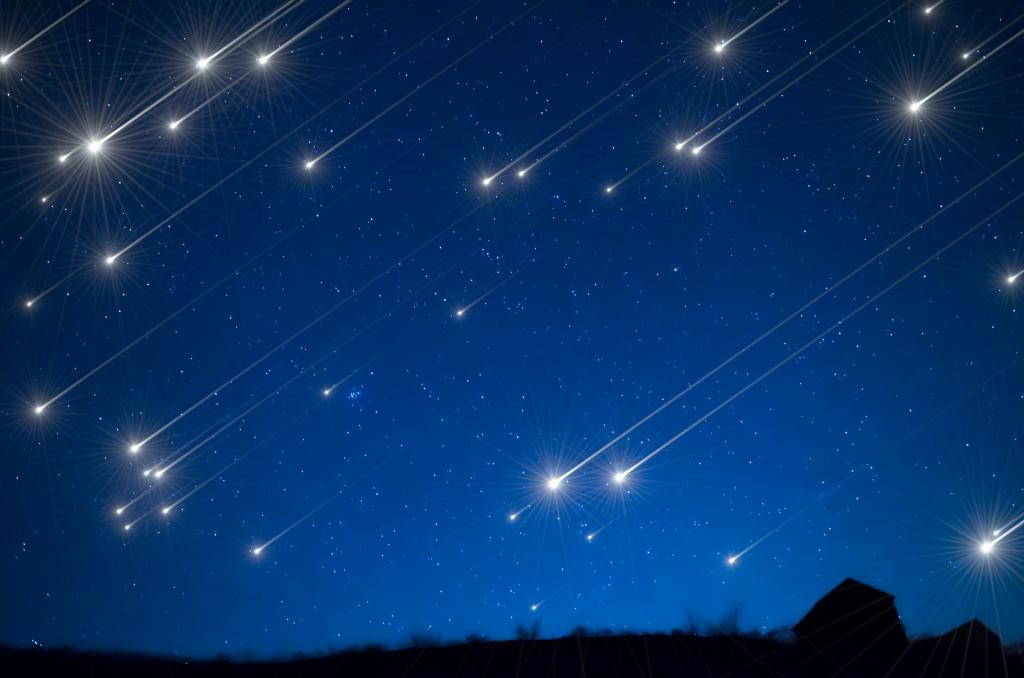Coming in hot on the heels of the new moon in Gemini, the Arietid meteor shower is at its prime this week.
These showers return every year and run from late May to mid-June. The shooting star show is expected to peak on or around June 7.
This one is a doozy with the shower producing anywhere from 60 to 200 meteors per hour.
The Arietids, visible in both hemispheres, is a rare daytime meteor shower, meaning most of the action happens when the sun is above the horizon, making the sky too bright to see shooting stars. But all hope is not yet lost, folks.
How to watch
For those willing to wake up and welcome the wonder, pre-dawn meteors, called “earthgrazers,” may be visible beginning 45 minutes before sunrise.
And a spectacular sight they are. Streaking close to the horizon, earthgrazers are bright, slow-moving, and leave long colorful steaks in theIr wake.
Because sometimes we get to have nice things, this week’s new moon ensures a darker sky for better meteor viewing. To see the show, face east and watch for meteors moving away from the radiant, or the point in the sky where they appear to originate, in this case, the Aries constellation.
The meteors will be moving out of the radiant in all directions, with some even appearing to move vertically. While June 7 is predicted to be the best day to view the showers, visibility rates will remain high through the second week of June.
What is a meteor
Turns out shooting stars are not stars at all.
Primary created through asteroid collisions (band name), meteors are essentially space trash; hunks of rock and iron that orbit the sun just as planets, asteroids, and comets do. When this glorious detritus travels, it leaves a trail behind it.When Earth passes through these trails, the bits of space trash collide with our atmosphere and burn themselves up. Their disintegration creates streams of light, color, and fire in the sky.
National Geographic reports that the quality of those colors depends on what the meteor is made of, “Meteors appear in different colors, depending on the chemical composition of the space rock and the air it is passing through. A meteor with high iron content, for instance, will appear yellow. A meteor with high calcium content may appear as a purple streak of light.”
Mythology
The radiant of the Arietid showers and the origin of their name is the constellation of Aries. You’ll find this constellation in the east before sunrise.
Fitting for an incendiary dawn time show, the myth associated with the cardinal fire sign of Aries is bold and brutal. The royal twins Phrixus and Helle of Boeotia were marked for death by their evil stepmother but were saved from certain sacrifice by a winged ram with golden wool, sent by their true mother, the cloud nymph Nephele.
On their journey to seek sanctuary in Colchis (modern-day Georgia) Helle fell from her mount and drowned in the Black Sea. Phrixus survived and sacrificed the ram to Zeus in gratitude for his safe passage, the animal’s fleece became the golden fleece of legends and hijacking and the ram became the Aries constellation that burns and appears to birth meteors today.
Astrology 101: Your guide to the star
- The 12 zodiac signs
- What are the astrology houses
- Here’s what each planet represents
- Sun, moon, and rising signs: Get to know your Big 3
Astrologer Reda Wigle researches and irreverently reports back on planetary configurations and their effect on each zodiac sign. Her horoscopes integrate history, poetry, pop culture, and personal experience.








